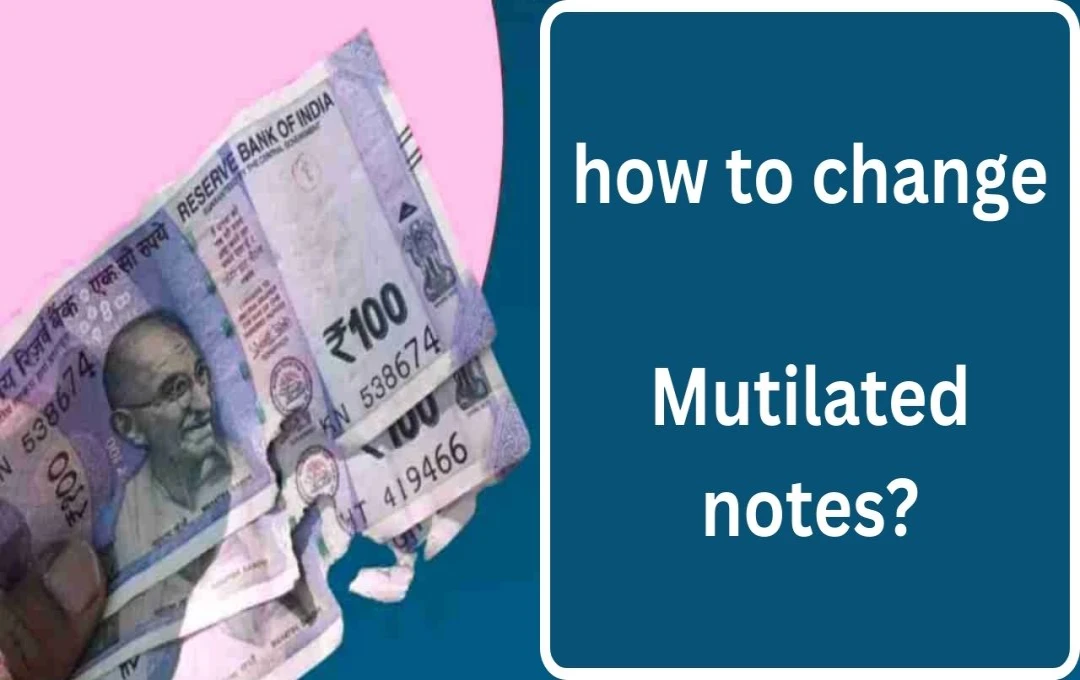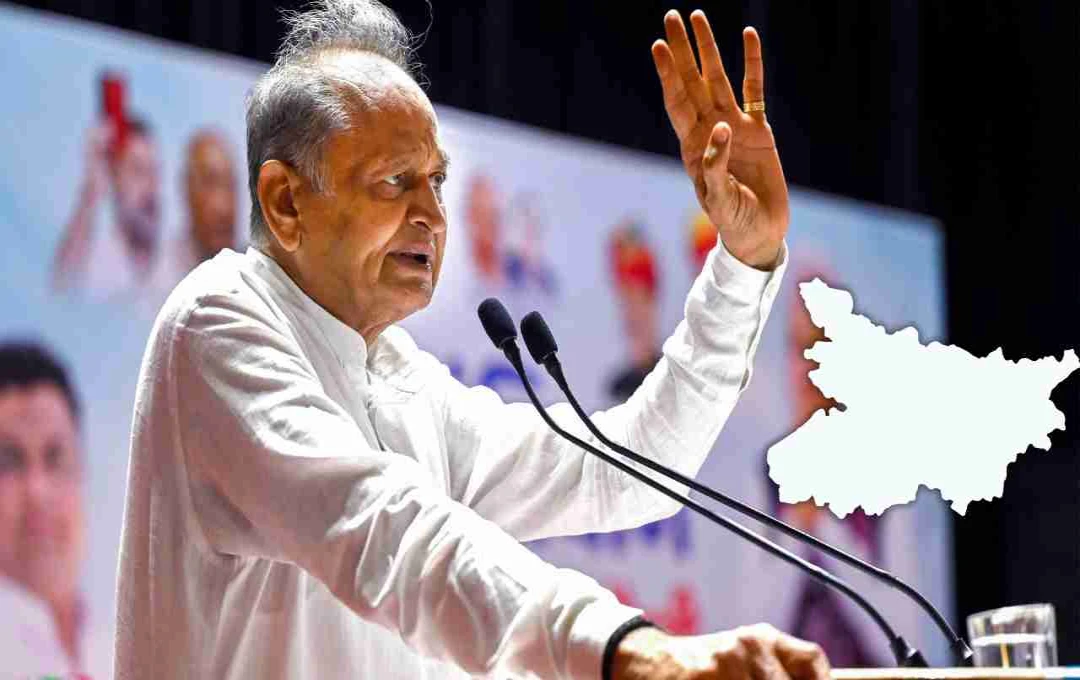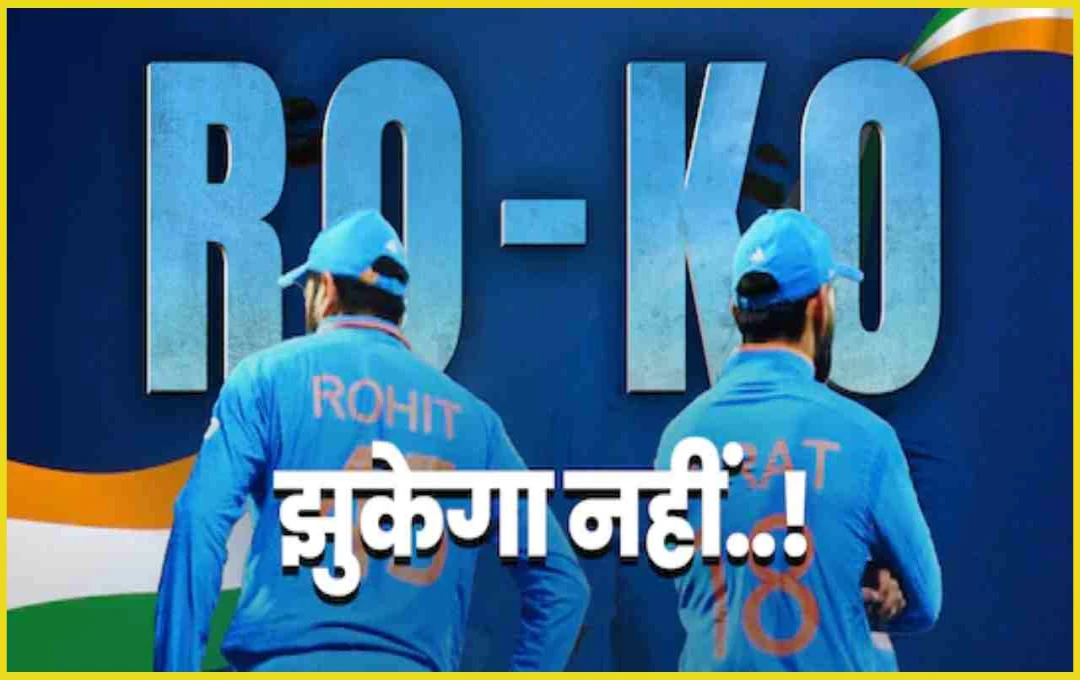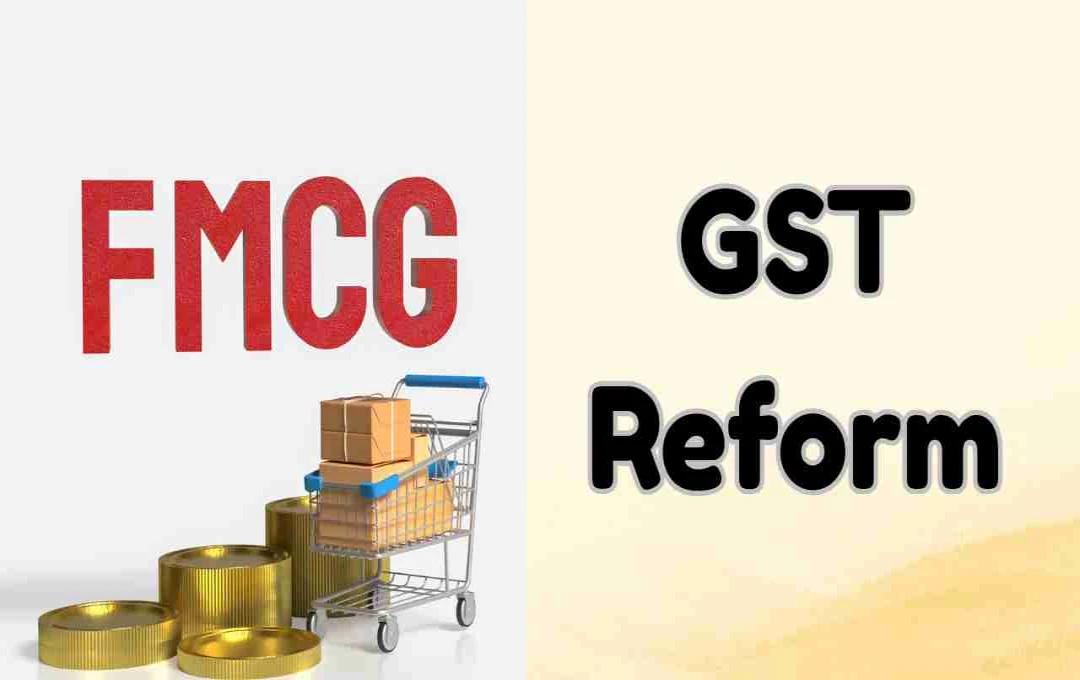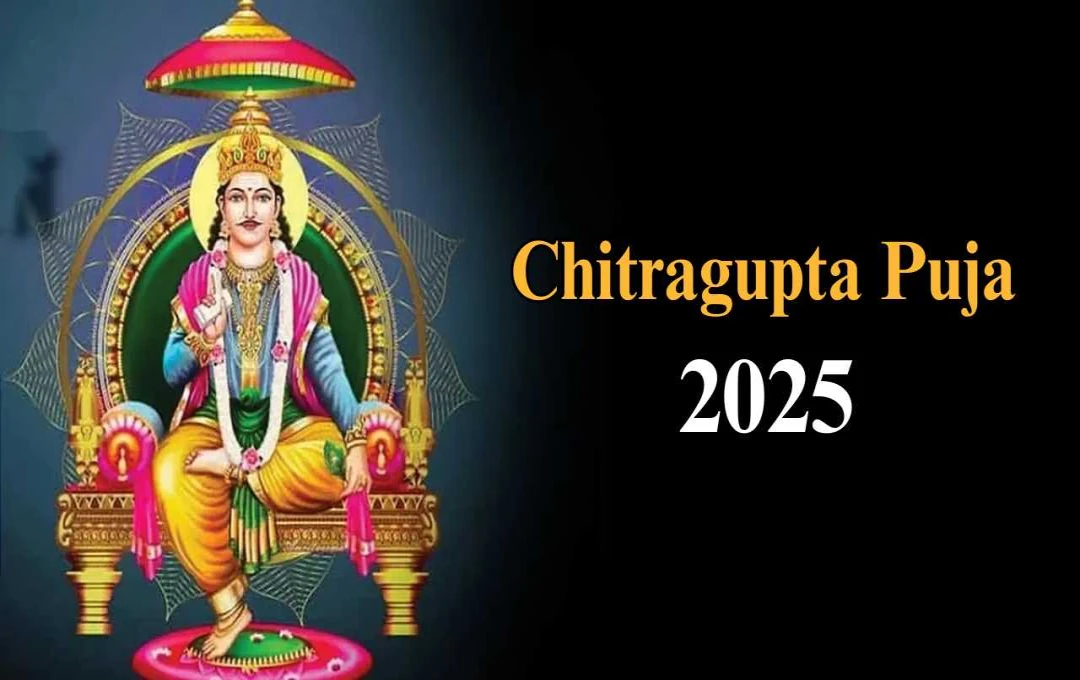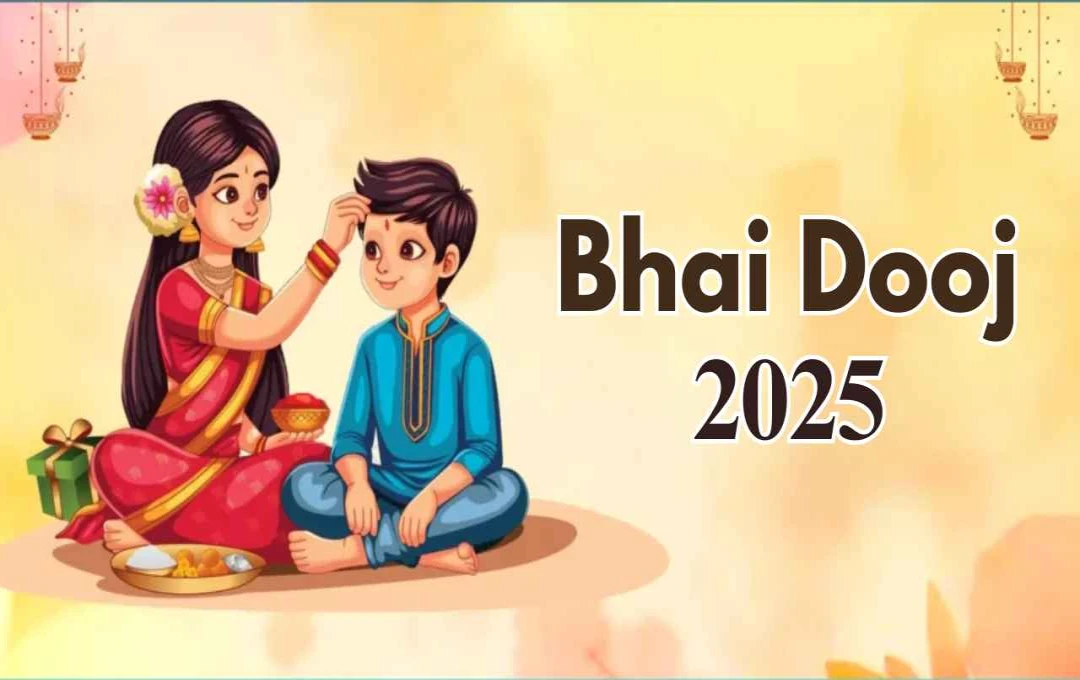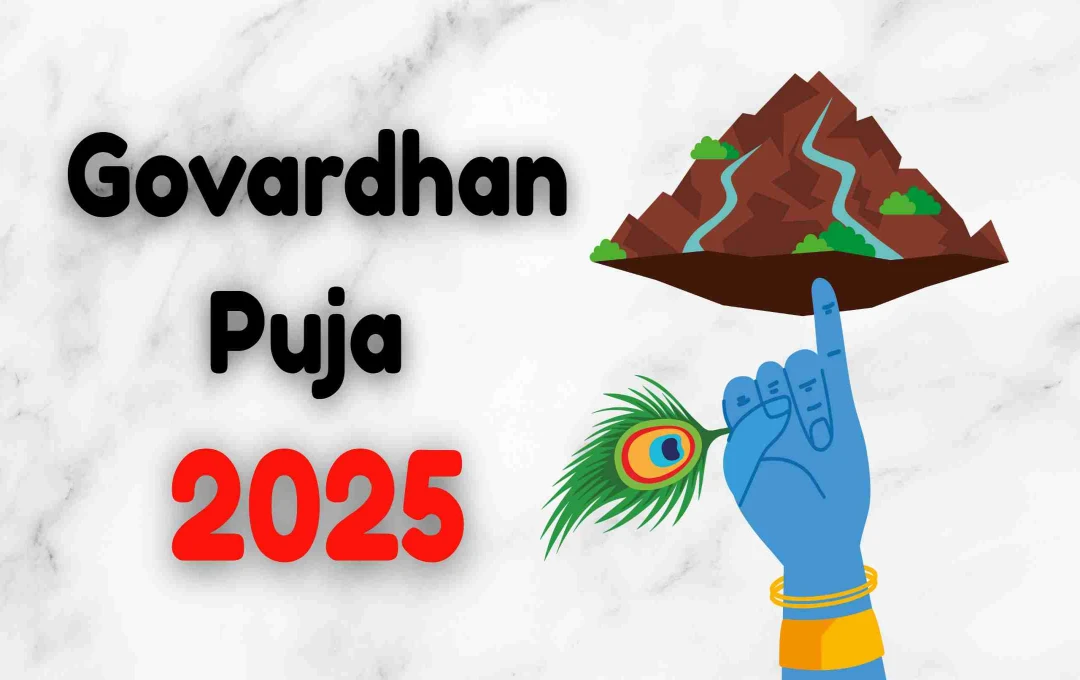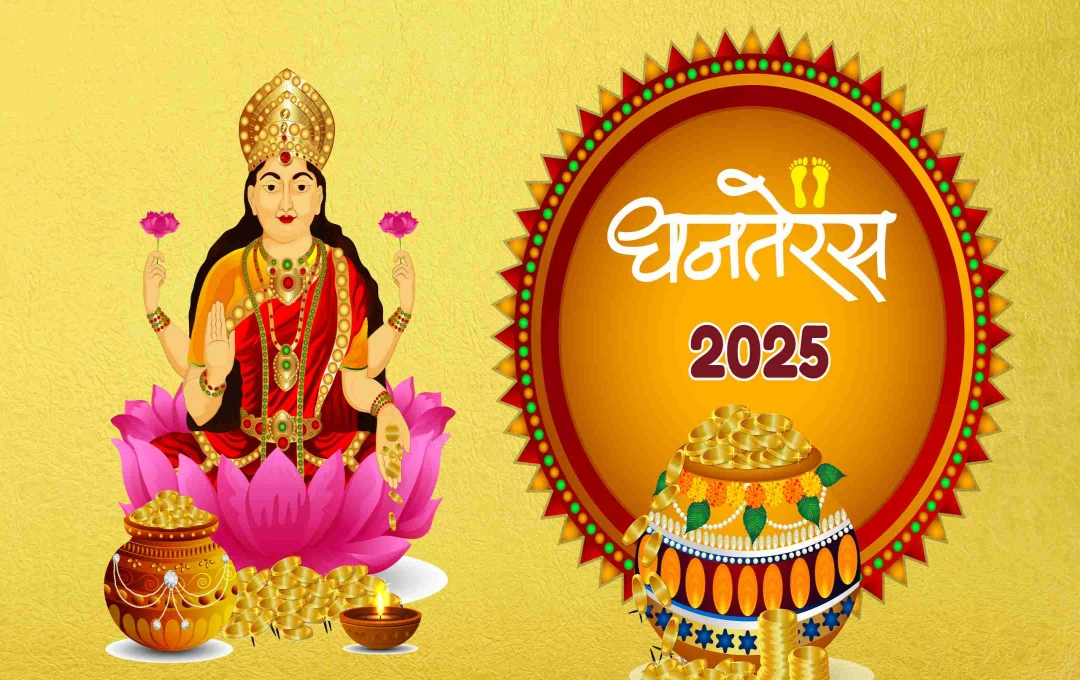Currently, 10, 20, 50, 100, and 500 rupee notes are made from special paper, making them susceptible to tearing or damage. However, if your note is damaged, you can easily exchange it.
Damaged Notes Exchange: Even in today's era of digital payments, cash transactions are still common in many places. 10, 20, 50, 100, and 500 rupee notes are made of paper, which can become damaged or torn over time. If you have such a damaged note, there's no need to worry. You can easily exchange it.
How to Exchange Damaged Notes
According to RBI regulations, you can exchange torn or burnt notes at any bank. Having an account at that bank is not a requirement for this process. However, if the note's condition is extremely poor (e.g., severely burnt or completely torn), the bank may refuse to exchange it.
What Types of Notes Can Be Exchanged?
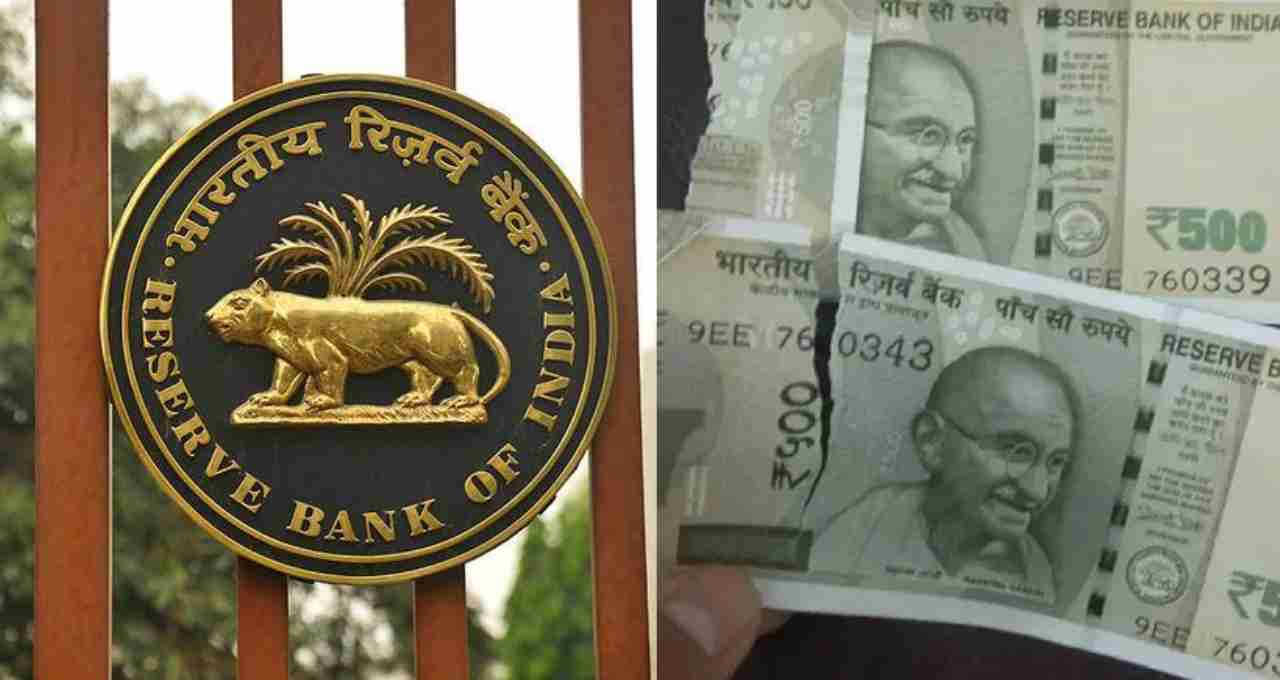
Soiled Notes: If the note is slightly damaged, such as a minor tear or dirt, it can be easily exchanged. No fee is charged by the bank for this.
Mutilated Notes: If the note is damaged, but crucial information like the number or identification is clearly visible, the bank may still exchange it, but after inspection.
Severely Damaged Notes: If the note is severely burnt or torn, the bank will not accept it.
How Many Notes Can Be Exchanged?
According to the RBI, an individual can exchange notes up to a maximum of 5000 rupees at a time, and no more than 20 notes can be exchanged in a single transaction.
What to Do If the Bank Refuses?
If a bank refuses to exchange a note, you can file a complaint with the RBI. RBI regulations state that banks do not have the authority to refuse to exchange notes.
